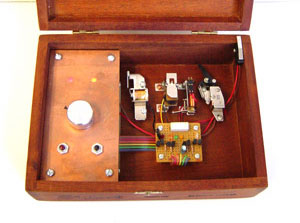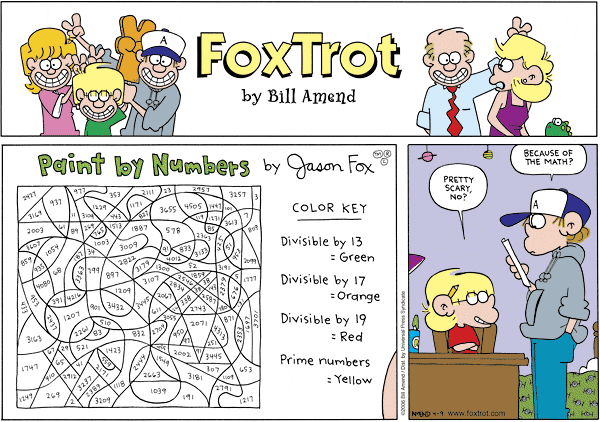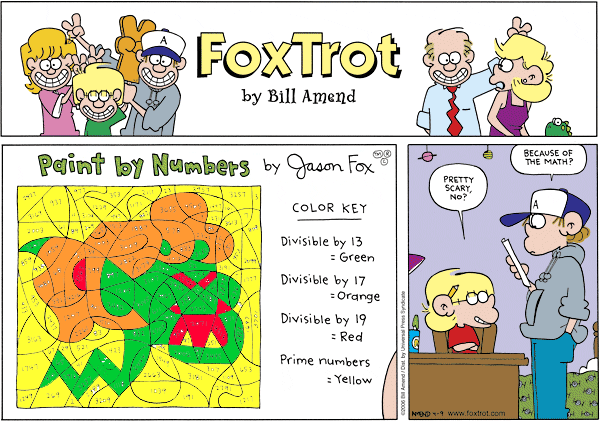
I’ve eaten so many Altoids peppermints over the years I could probably build a house out of the empty tins. Unfortunately, if I ever want to build an extension to that house I’ll need to find a new candy.
A few days ago I noticed that all the Altoids tins at my local Trader Joe’s had a new “old-timey” look to them, so I bought a tin to see if anything else had changed. Unfortunately, it had. The cosmetics are similar (perhaps even nicer), though the Callard & Bowser logo has been replaced by a note that says “Originally prepared by Callard & Bowser.” In itself that’s not as ominous as it sounds — the Altoids brand was purchased by Wrigley last year, but Callard & Bowser has been owned by Kraft and a number of other large corporations over the years and the quality hasn’t suffered under them. However, the big difference is in the ingredients list. Old ingredients: Sugar, Oil of Peppermint, Gum Arabic, Gelatin, Corn Syrup. New ingredients: Sugar, Gum Arabic, Artificial Flavor, Oil of Peppermint, Gelatin, Glucose Syrup. And the little piece of paper inside the tin that used to say “To this day, Callard & Bowser continues to make ALTOIDS® to the original recipe developed more than 200 years ago” now bears the foreboding warning “Today, all ALTOIDS® varieties including Peppermint, Wintergreen Spearmint, Licorice, and Ginger are made to the same exacting standards as the original ALTOIDS® recipe developed more than 200 years ago.” Uh oh.
With some trepidation I tried one. I’ve had two more since then, each time thinking maybe my taste buds were just out of whack, but no… the curiously strong mints are now a thing of the past. I’ve been trying to foist the rest of the tin off on coworkers, but I think they’re on to me now. Personally I don’t blame them — the experience is similar to chewing on those little sample tubes of Crest toothpaste.
I’m still hoping this is some sort of joke — a cheap knock-off counterfeit smuggled into Trader Joe’s regular shipment, perhaps? I haven’t seen any news or announcement from Wrigley about a change, though they have recently noted that profits on Altoids has been disappointing since the brand was purchased last year, blaming “limited marketing and innovation support“. I can only assume they feel that when it comes to their product, it’s the cost-to-manufacture, the brand and advertising they need to focus on — quality can be sacrificed.





